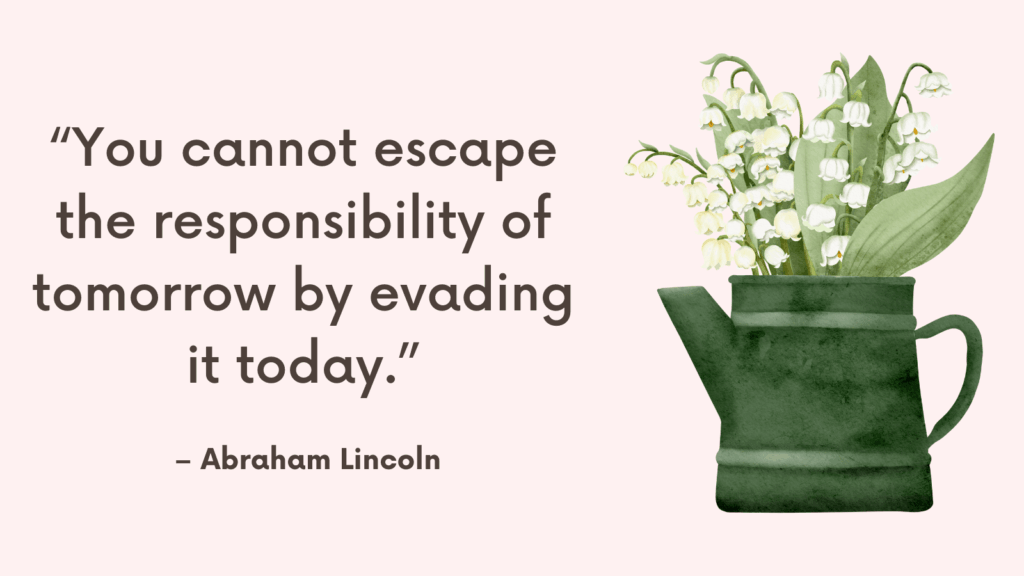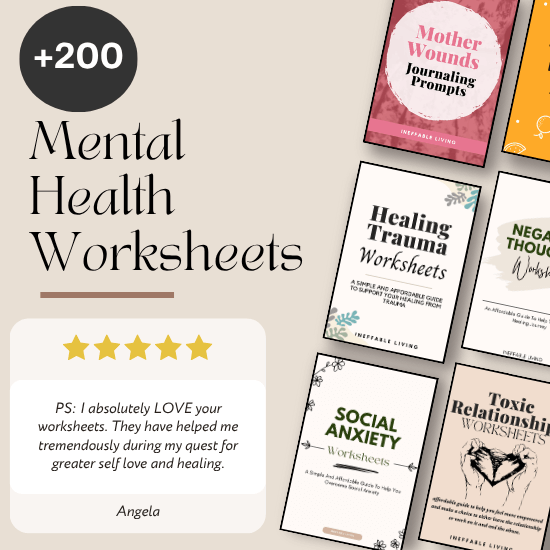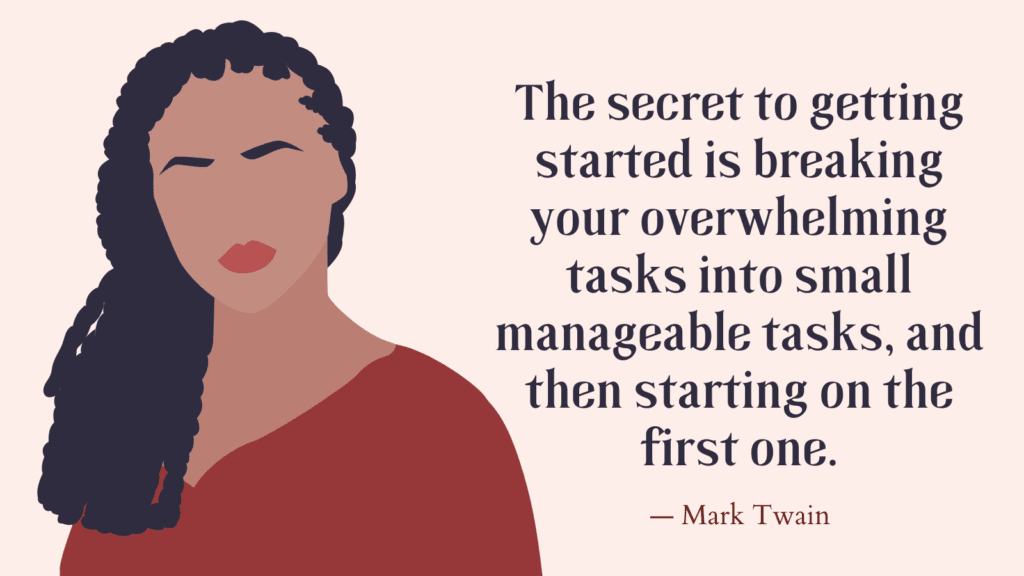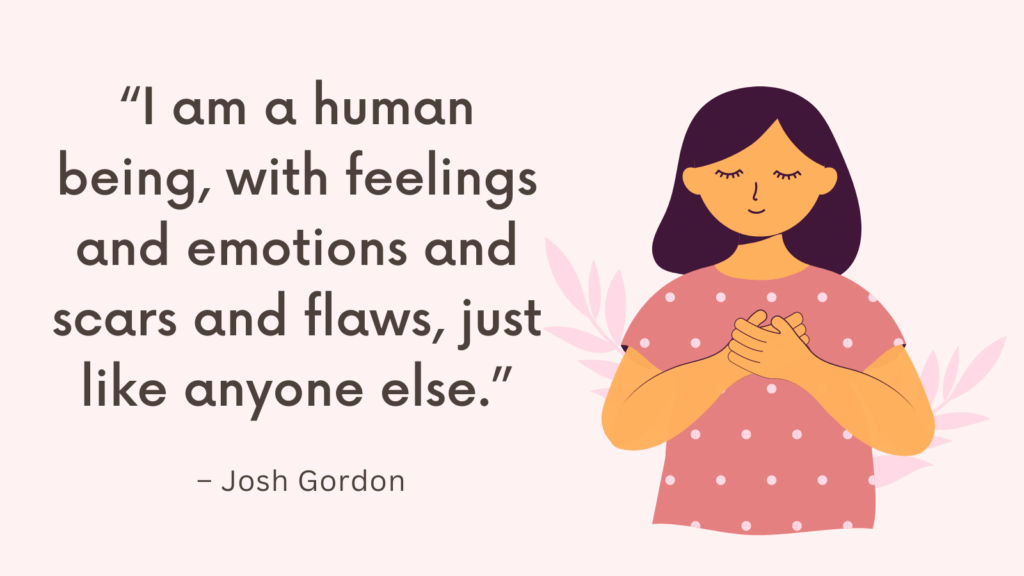If you’ve ever sat frozen in front of your to-do list, knowing what you need to do but feeling utterly unable to begin, you’re not lazy. You’re stuck. And there’s a difference. Whether it’s ADHD, executive dysfunction, anxiety, or burnout, the inability to start tasks can feel like hitting an invisible wall. You’re not alone—and you’re not broken. You just need a different kind of approach.
It’s Not Laziness—It’s Shutdown
There are moments when the simplest task feels like lifting a mountain. You see the dishes in the sink, the unread emails, the unfinished project—and your body freezes. You want to move. You mean to. But your limbs feel heavy, your mind goes blank, and guilt settles in before you’ve even begun.
This isn’t laziness. It’s not procrastination in the motivational poster sense. It’s nervous system shutdown. And if you’ve ever lived with trauma, burnout, ADHD, depression, chronic illness, or anxiety—you know this state well.
It’s the moment where your system whispers, “I can’t.” And it means it.
Understanding Task Paralysis
Task paralysis isn’t just avoiding chores. It’s a full-body response to perceived overwhelm.
- The task feels too big, too unclear, or too draining
- Your brain can’t visualize how to begin
- You fear failure, judgment, or getting stuck halfway
- You feel emotionally flooded, or totally numb
- Your self-worth is tied to productivity—so avoidance feels like failure
What looks like “doing nothing” is often a war inside your body.
Why You Can’t “Just Start”
Standard advice like “just do it,” “set a timer,” or “break it into chunks” can feel like mockery in this state. You know the advice. But your body can’t follow through. That’s because:
- Your executive function (planning, prioritizing, initiating) is offline
- Your nervous system is in freeze or collapse
- Your shame is louder than your curiosity
- Your energy tank is genuinely empty
Telling yourself to “try harder” won’t work. It deepens the shutdown.
What’s Actually Happening in Your Body
When you’re stuck in task paralysis, your nervous system may be:
- In sympathetic overdrive (anxious, racing, scattered)
- In dorsal vagal shutdown (numb, foggy, frozen)
- Flickering between both
Your body is trying to keep you safe from a task that feels threatening—emotionally, cognitively, or physically.
Healing begins by meeting your system with compassion, not pressure.
The Shame of Inaction
This state is especially cruel because it feels invisible. Others may not understand. You may internalize the struggle as weakness. But here’s the truth: you are not lazy. You are overwhelmed, under-resourced, and stuck in a physiological state that needs support—not discipline.
Your body isn’t defying you. It’s protecting you—from past pain, from future burnout, or from shame you haven’t unpacked yet.
Related: ADHD Brain Overload? These Worksheets Will Bring Focus and Relief
What You Might Need Before You Begin
- Safety: Does your body feel tense or shut down? Before action, try to regulate.
- Permission: Can you start without needing to finish? Without needing it to be perfect?
- Connection: Can you anchor yourself with music, a voice message, or co-working with someone?
- Soft language: Can you shift from “I have to” to “I’m allowed to try”?
Sometimes your nervous system doesn’t respond to “Do it now.” But it might respond to, “Let’s just peek at it together.”
How to Start Tasks When You Literally Can’t?
Here’s how to gently unlock momentum when starting feels impossible.
1. Name What’s Happening—Without Judgment
Before forcing yourself into action, pause and name what’s going on.
Ask yourself:
- Am I overwhelmed by how big this feels?
- Am I scared I’ll mess it up?
- Am I waiting to feel ready or motivated?
Putting words to your paralysis can release some of the pressure. You’re not lazy—you’re frozen by something bigger than the task.
2. Shrink the Task Until It Feels Ridiculous
Your brain might be seeing a mountain. You need to turn it into a pebble.
Instead of:
“Clean the whole kitchen.”
Try:
“Walk to the sink and turn on the tap.”
If the first step still feels like too much, shrink it more. Start with:
“Put my feet on the floor.”
“Open the fridge.”
“Write one word.”
When the task feels laughably small, you’re finally at the starting line.
Related: How To Manage Time With ADHD? Best 17 Time Management Tips For ADHD Adults
3. Use a 5-Minute Anchor
Your brain often resists tasks it thinks will take forever. Reassure it that this is temporary.
Say to yourself:
“I’m just doing this for five minutes.”
Set a timer. When it rings, you’re allowed to stop. But often, once the momentum starts, your brain will want to continue.
If not, that’s okay—you still did five minutes. And that counts.
4. Externalize the Task
When everything stays in your head, it gets bigger and heavier. Get it out of your brain.
Try:
- Writing the task on a sticky note
- Saying it out loud
- Texting a friend: “I’m going to tackle the laundry now. Hold me to it?”
When you externalize the task, you reduce the cognitive load and give it structure.
5. Make It a Body-Based Action
Start the task with your body, not your mind. Thinking can paralyze. Movement creates momentum.
For example:
- Stand up
- Walk toward the space where the task lives
- Put your hand on the item you need to work with
- Open the document, drawer, or door
Once your body is involved, your brain may begin to catch up.
6. Remove “Success” From the Equation
You don’t need to finish the task. You don’t need to do it well. You just need to begin.
Say to yourself:
“I don’t have to do this perfectly. I just have to show up for the next 60 seconds.”
Give yourself permission to start messy, slow, imperfect, and unsure.
Progress is not about perfection—it’s about movement.
7. Do It Alongside Someone (Body Double)
Sometimes, your brain won’t budge until someone else is present. This is where body doubling helps—a technique where you work alongside someone else to reduce mental resistance.
You don’t even have to talk. You can:
- Work in the same room
- Join a virtual co-working space
- Video call a friend while you both do your own tasks
The presence of another person creates structure and accountability.
Related: Top 7 Non-Medication Treatments for ADHD
8. Pair the Task With Comfort
Your nervous system may be resisting because it feels unsafe or overloaded. Add something comforting to reduce the pressure.
Examples:
- Light a candle while you work
- Play white noise
- Sip something warm while sorting papers
- Wrap yourself in a blanket while replying to emails
Soften the environment. Make it easier to show up.
9. Practice Compassionate Self-Talk
What you say to yourself matters. If your internal voice says “You’re lazy,” your nervous system shuts down even more.
Try instead:
- “This is hard, and I’m still showing up.”
- “It’s okay that this is taking time.”
- “Even small steps count.”
You don’t need shame to move forward. You need safety.
10. Celebrate the First Step—Not the Finish Line
If all you did was open the notebook or wash one dish, that matters.
Try saying aloud:
- “I started.”
- “That’s more than nothing.”
- “I moved the needle.”
Your nervous system remembers experiences of success, even if they’re small. Each time you honor the beginning, you’re rewiring your relationship with productivity.
Related: ADHD Burnout Cycle: top 9 Strategies to Prevent It
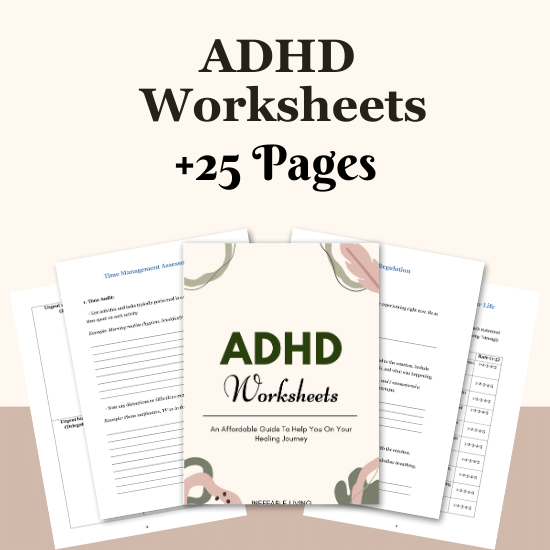
Conclusion
Not being able to start doesn’t mean you’re unmotivated—it means you need gentler entry points, nervous system safety, and small, clear invitations into action.
You don’t have to feel ready. You don’t have to do it all.
You just have to begin—one breath, one movement, one tiny action at a time.
